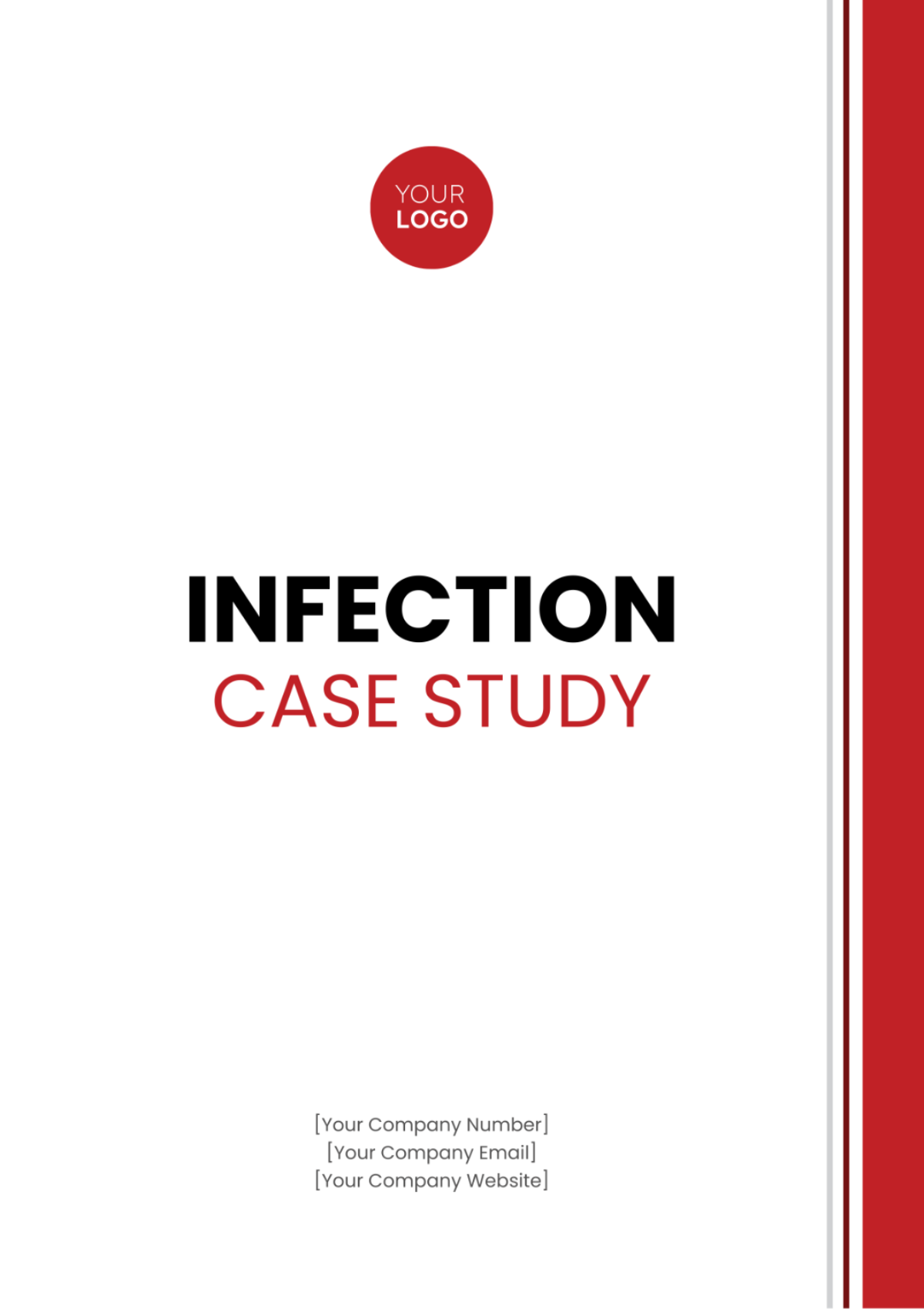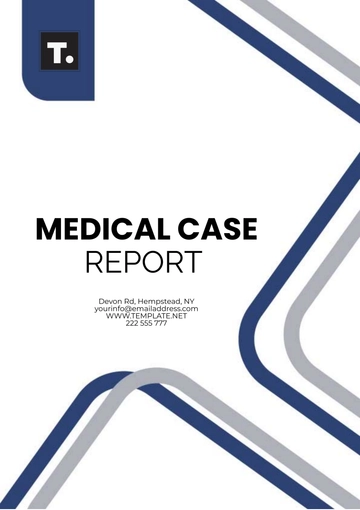Infection Case Study
I. Executive Summary
The focus of this case study is Urinary Tract Infection, commonly known as UTI. The objective of this study is to offer a comprehensive enhancement to the current management strategies in place for this condition, with the end goal being an improvement in patient outcomes. To achieve this, a thorough and detailed analysis will be undertaken.
1.1 Overview of the case
Patient’s initial symptoms and presentation: The patient presented with dysuria, urinary frequency, and suprapubic pain.
Timeline of the infection progression: Symptoms started three days ago, progressively worsening, leading to seeking medical care.
Summary of treatment provided and patient response: Empirical treatment with ciprofloxacin started. The initial response showed decreased pain and frequency.
The outcome of the treatment: Complete resolution of symptoms after a 7-day course of antibiotics.
II. Patient Background
2.1 Personal Information
III. Case Details
3.1 Initial Symptoms
Dysuria: Dysuria, involving painful or challenging urination often described as burning or stinging, is a typical symptom of UTIs and can also be caused by bladder inflammation or irritation.
Urinary frequency: Urinary frequency refers to the urge to urinate more often than normal, even without a full bladder. This condition can link to UTIs, bladder irritation, or overactive bladder syndrome.
Suprapubic pain: Suprapubic pain, felt above the pubic bone in the lower abdomen, often relates to bladder issues like UTIs or infections and can vary from mild to severe.
3.2 Diagnostic Tests Performed
Urinalysis: The urinalysis test detected leukocyte esterase and nitrites, indicating a possible urinary tract infection (UTI) caused by inflammation, infection, or E.coli.
Urine culture: A urine culture is used to identify the specific bacteria causing the infection and determine the most effective antibiotic treatment. The culture results were pending at the time of assessment.
3.3 Diagnosis Conclusions
IV. Treatment Protocol
4.1 Medications Administered
Ciprofloxacin 500 mg orally twice daily for 7 days: Ciprofloxacin, a broad-spectrum antibiotic, effectively treats many UTIs. Usually, it's standardly dosed and taken orally for a specific duration in adults to fight the infection.
4.2 Therapeutic Procedures
4.3 Supportive Care Measures
Increased fluid intake advised: Drinking ample fluids, particularly water, not only expels bacteria from the urinary tract and dilutes urine to lessen irritation but also boosts urinary tract health and antibiotics' efficiency.
V. Outcome and Follow-Up
Symptoms completely resolved 2 weeks after treatment. Upon follow-up two weeks after completing the antibiotic course, the patient reported no remaining symptoms of dysuria, urinary frequency, or suprapubic pain. This indicates successful treatment and resolution of the UTI.
No further follow-up is required unless symptoms recur: If the patient's UTI symptoms return or new urinary health concerns arise, they should seek medical help promptly. Currently, no further appointments are needed as their symptoms are resolved.
VI. Discussion
Possible improvements in handling similar cases: Given the rising concern of antibiotic resistance, analyzing local resistance patterns can guide clinicians in choosing the most effective initial antibiotic therapy, improving treatment outcomes.
VII. Conclusion
The importance of early detection and treatment of urinary tract infections (UTIs) with appropriate antibiotics cannot be overstated, given the role this plays in enhancing patients' health outcomes and reducing the risk of associated complications. The urgency of prompt identification and response is integral in handling the discomfort and difficulties linked to UTIs.
VIII. Recommendations
Educating patients on UTI signs enables quick identification of symptoms and seeking medical help. This hastens diagnosis, treatment, and recovery. Such knowledge also improves their health management.
Case Study Templates @ Template.net






























